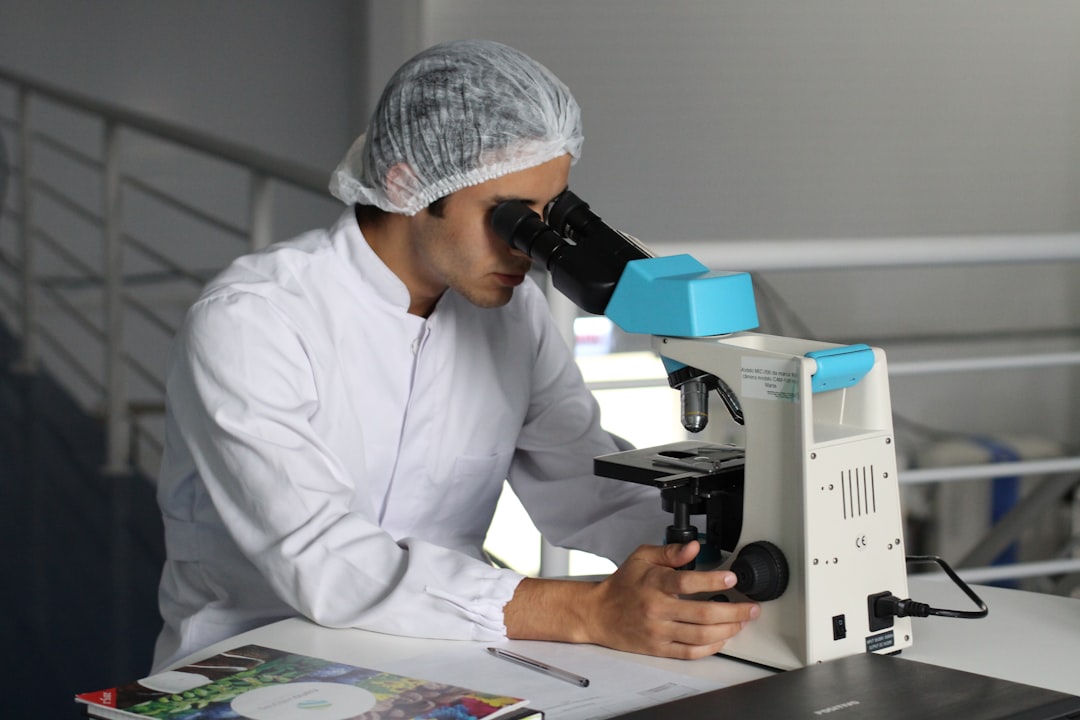Source: Parth Sanghvi
Overview of the Medical Devices Sector
The medical devices sector represents an attractive blend of consistent mid-single-digit growth and defensive resilience, making it a compelling choice for investors seeking stable returns in turbulent markets. The sector encompasses a broad array of products and technologies that are fundamental to modern healthcare, ranging from insulin pumps and hearing aids to orthopedic implants and cardiovascular devices.
UBS, a Swiss multinational investment bank, estimates the total addressable market for medical devices at a staggering $159 billion. This valuation is supported by several underlying trends, most notably demographic shifts and ongoing innovation in key areas such as diabetes care, orthopedics, cardiovascular treatment, and consumer health products.
Demographic Trends Boosting the Medical Devices Market
A key driver of demand in the medical devices sector is the aging global population. With the over-65 population expected to rise by almost 20% by 2030, the need for medical devices will only continue to grow. This increased demand is not only limited to developed nations but is also a global phenomenon, spurred by improving life expectancies and rising GDP in emerging markets.
Moreover, the COVID-19 pandemic has generated a significant backlog of surgical demand. As this pent-up demand normalizes, procedure volumes are anticipated to remain above pre-pandemic levels, offering further support to the sector’s revenue visibility.
High-Growth Sub-Segments in the Medical Devices Sector
Within the broader medical devices sector, several high-growth sub-segments are worth watching closely.
Diabetes Technologies
Automated insulin delivery and continuous glucose monitoring systems are expanding at a rate of over 15% annually. These technologies offer improved patient comfort and convenience, driving their adoption among the ever-growing diabetic population.
Orthopedic Implants
Technological advancements in materials and minimally invasive surgery techniques are driving stable growth in the orthopedic implants segment. As the global population ages, the prevalence of conditions like osteoarthritis is expected to increase, further fueling demand for orthopedic implants.
Cardiovascular Devices
In the cardiovascular devices segment, next-generation stents and heart-assist pumps are gaining market share. These advanced devices offer improved patient outcomes, making them increasingly popular among healthcare providers.
Consumer Health Products
Consumer health products such as hearing aids and dental implants are also benefiting from favorable demographic trends and strong pricing power. These products, which significantly improve users’ quality of life, represent a growing market.
Assessing Valuations with FMP APIs
Investors should make use of financial tools to ensure they are not overpaying for stocks in the medical devices sector. The Sector PE Ratio API, for example, provides real-time price-to-earnings (P/E) ratios across various medical device segments. The Industry Classification API can be used to identify and compare medical device manufacturers within an investment portfolio.
Selecting Best-in-Class Medical Device Companies
When evaluating investment opportunities in the medical devices sector, investors should look for companies with robust research and development (R&D) pipelines, a global footprint, and strong balance sheets. High R&D-to-revenue ratios often signal innovation leadership, while a global footprint provides exposure to both developed and fast-growing emerging markets. Companies with strong balance sheets have cash reserves that can buffer against reimbursement or regulatory shifts.
Navigating Risk Factors in the Medical Devices Sector
Investing in the medical devices sector is not without risks. Pricing pressure is a significant concern, as value-based procurement in markets like China can compress margins. Moreover, coverage sensitivity is an issue, especially in the U.S., where elective procedures often depend on employment-linked insurance. However, expansions under the Affordable Care Act offer some downside protection. There is also the potential overlap with new obesity drugs, which could defer certain procedures. Despite these risks, longer lifespans should support sustained device usage.
In conclusion, the medical devices sector presents a compelling blend of growth potential and defensive stability. By leveraging financial tools like Financial Modeling Prep’s APIs, investors can make informed decisions and optimize their portfolios.

